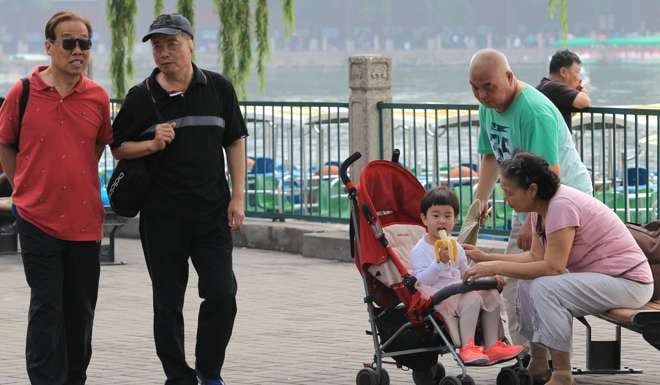
China has world’s most skewed sex ratio at birth – again
World Economic Forum report also finds the mainland performs poorly in women’s education and political power
The mainland has recorded the world’s most imbalanced sex ratio at birth for the second consecutive year, and the country has slipped in its ranking for overall gender equality, a report shows.
The study by the World Economic Forum also pointed to the risks a country faced if a serious sex imbalance was combined with a rapidly ageing population.

The “Global Gender Gap Report” measures gaps between women and men in health, education, economic participation and opportunity, and political empowerment.
On the mainland, a traditional preference for boys has encouraged selective abortions that resulted in 115 boys born for every 100 girls from 1994.
It peaked nationally in 2004 with 121.2 boys born for every 100 girls, and some provinces have seen the ratio climb as high as 130. But the figure has been falling for the last seven years and stood at 113.5 last year.

“This explained why the skewed sex ratio at birth was adjusted by an older age group later,” Liang said.
He said it would be difficult to know with precision the actual sex ratio at birth or for the nation to attain a normal level, which is about 107 boys to every 100 girls, unless the birth control policy was completely scrapped. On January 1, the government ended the one-child policy and allowed all parents to have two children.
In terms of gender equality, the nation ranked 99 out of 144 countries, down from 91 last year, the report said. A wide gap also exists in education levels of men and women on the mainland. China was 119 in terms of secondary school attainment, behind countries including Singapore, South Korea and Ghana.

The nation fell one place to 74 in the measure of political power women wielded, with less than a quarter of legislative seats held by women and only 12 per cent of ministerial-level officials being women.
The nation performs better in the number of women in the workplace, and the report points to a high participation rate of women in company ownership.
Advancing gender equality could bring tremendous economic benefits to a country, the report’s authors wrote. One estimate suggests the nation could see a US$2.5 trillion increase in gross domestic product by 2020 if it closed the gender gap, according to the report.
Iceland, Finland and Norway took the top three places in this year’s global gender equality ranking.
In East Asia, China ranks below Singapore and Indonesia but above Japan and South Korea.

